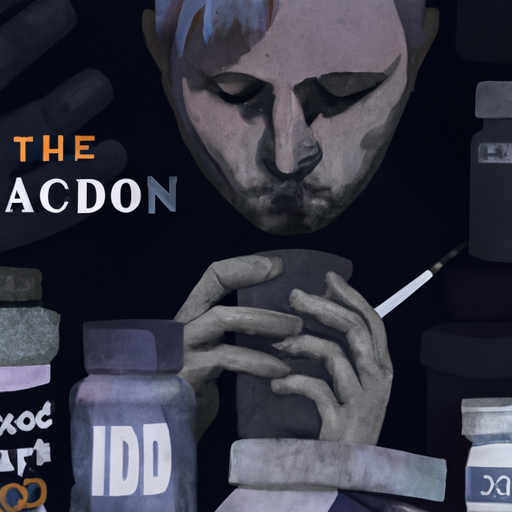Insight into The Canadian Opioid Crisis
The opioid crisis has initiated a tragic wave of suffering throughout Canada. It continues to ravage communities, highlighting the urgent need for coordinated and comprehensive action aiming to address this public health crisis. This blog will delve into the complex factors contributing to the opioid crisis, the effects of this epidemic, and the multifaceted efforts taken to combat these issues.
The Opioid Crisis: A national tragedy
Canada is grappling with a widespread opioid crisis that is devastating families, overburdening emergency healthcare services, instigating a rise in associated crime rates, and exacerbating the homeless situation. The opioid crisis has hit certain areas harder than others, with cities like Edmonton experiencing a significant uptick in opioid-related incidents.
Effects of the opioid crisis
The effects of the opioid crisis are manifold, and unfortunately, they are far-reaching. They extend beyond individual users and their immediate families to encompass the entire community. Our examination validated the following repercussions:
- Increased drug dependency: There has been an alarming increase in the number of Canadians who are dependent on opioids.
- Rise in crime rates: Communities affected by the opioid crisis have seen a spike in crime rates as affected individuals often turn to criminal activities to secure drugs.
- Escalation in homelessness: Substance use and homelessness often walk hand in hand, with opioid addiction often leading to loss of livelihood and housing stability.
- Overburdening healthcare services: The increased number of opioid-related emergencies is overwhelming medical establishments and emergency services.
- Impact on mental health services: The surge in opioid addiction has increased the demand for mental health services, with a need for more comprehensive and integrated health services.
Efforts to combat the opioid crisis
The severity and complexity of the opioid crisis calls for a multifaceted and robust response. Various initiatives have been undertaken to address this epidemic, including but not limited to: public education, addiction treatment services, increased access to naloxone – a medication used to block the effects of opioids and to reverse an overdose, and ongoing research to better understand and combat the crisis.
One of the major initiatives is the Canadian opioid abatement class action. This is a lawsuit aimed at holding pharmaceutical companies accountable for their alleged misleading marketing practices which greatly contributed to the opioid crisis. The lawsuit seeks to recover funds to aid in addressing the massive public health crisis brought on by opioids.
Conclusion
The Canadian opioid crisis is a complex issue requiring the collective effort of various sectors. Key initiatives, such as increased access to naloxone, addiction treatment services, public education, and the Canadian opioid abatement class action, aim to address the problem. The aftermath of the opioid crisis reflects in higher crime rates, escalated homelessness, and overburdened healthcare services. As a society, we must continue our fight against the opioid crisis, giving priority to compassion, education, and prevention, as well as effective treatment and recovery services.
In conclusion, combatting the opioid crisis requires a comprehensive, coordinated, and sustained response, one that blends prevention, treatment, recovery, and enforcement strategies. None of these alone can solve the crisis, but collectively, they can and will make a significant difference in the lives of Canadians affected by opioid addiction.
